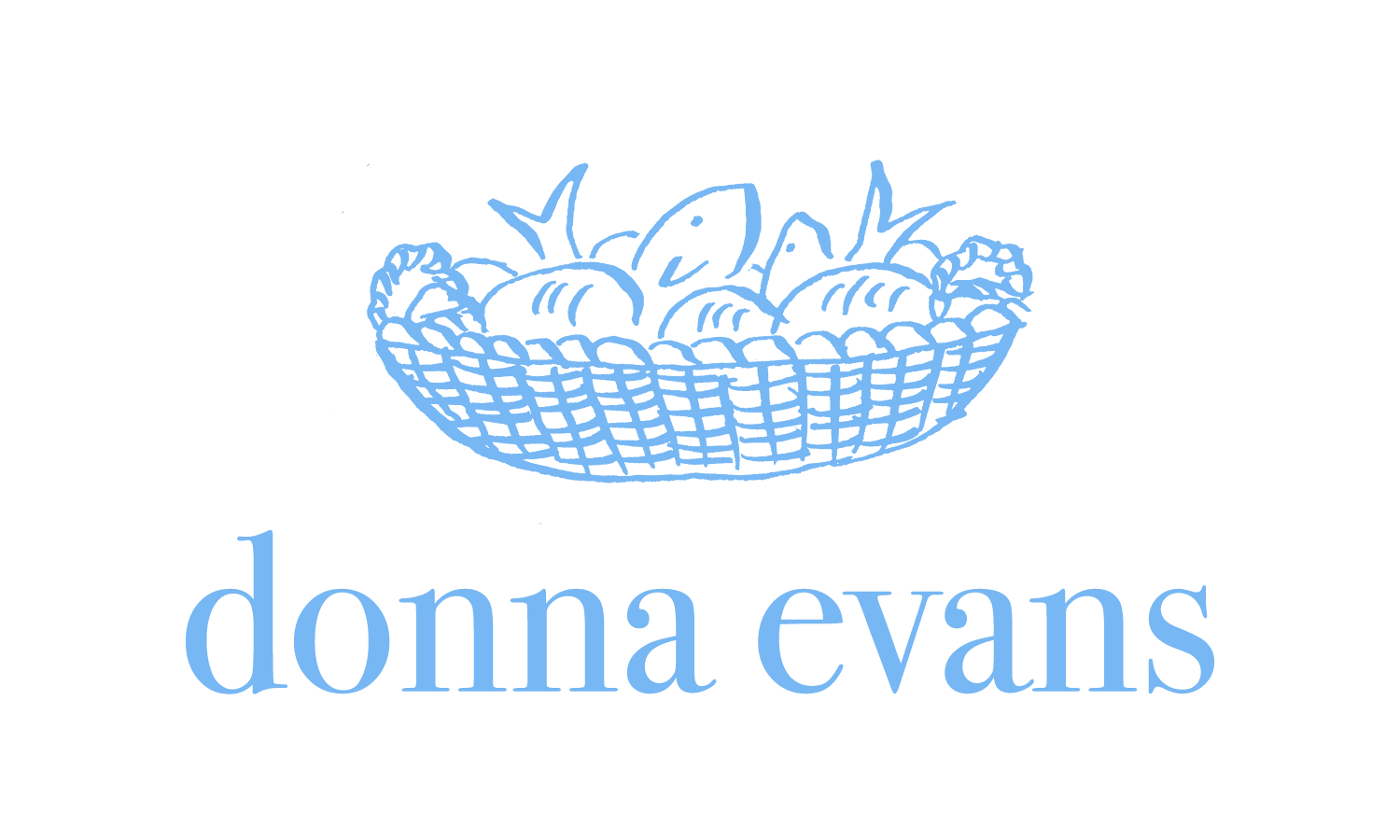The Quilters of Gee’s Bend
“Gather up the pieces that nothing will be lost.”
John 6:12 (NIV)
I’ve always been fascinated with quilts. One of my earliest childhood memories is the large quilting frame that often resided in my Granny’s farmhouse living room. Granny used that frame to make me a beautiful red and ivory wedding ring quilt to celebrate our marriage in 1975.
Fast forward to the 1990s and I discovered four beautiful vintage quilts stored in one of Mimi’s closets. Bruce’s Mee-Maw literally “gathered up her pieces” (John 6:12) and crafted each quilt using scraps of cloth from fabric that had been used to create dresses, men’s pajamas, aprons, curtains, and baby quilts. My favorite Mee-Maw quilt has at least 31 different fabrics sewn into a patchwork pattern that seems random, but the net effect is what Mimi calls “Folkart.” Mee-Maw’s quilt gives me a glimpse into American life in the early 1950s.
Friday night my daughter-in-law Olivia and I traveled to Trussville to hear a lecture by two members from The Quilters of Gee’s Bend. Olivia, knowing my love for quilts and good stories, secured two tickets for us before the event sold out. Mrs. Mary Ann Pettway, Manager of the Gee’s Bend Quilter’s Collective, and Mrs. China Pettway shared their experiences growing up in Gee’s Bend, now known as Boykin.
The women of Gee’s Bend, a small African American community in rural Alabama, have created hundreds of beautiful quilts over the last 200 years. Quilting is a skill that has been passed down from generation to generation. Gee’s Bend quilters transform recycled work clothes, old dresses, feed sacks, worn out jeans, and fabric scraps into colorful works of visual art. Gee’s Bend quilts have been exhibited at over 30 museums across America, including the Metropolitan Museum in New York. Each quilt is personally signed and dated by the Gee’s Bend quilter. Some quilts may be commissioned and others may sell for $25,000.
Telling their stories, Mrs. Mary Ann and Mrs. China were honest about their childhoods in Gee’s Bend. Both women experienced poverty, hunger, cold houses, inadequate educations, and lacked essentials such as beds. Both women learned to quilt from their Mamas and began quilting as 6-year-old children. The women didn’t quilt to create works of art; they did it to survive. Gees Bend women used quilts to block out cold night winds from coming through their house walls. Quilts were hung on their walls or piled 3-4 quilts deep on the bed. Those who didn’t have a bed, put a quilt on the floor and used the quilt as a mattress or a cover. Ms. Mary Ann and Ms. China truthfully described their living conditions, but did so with gentleness and winsome humor without a trace of bitterness or resentment.
When asked about their quilting design process, both women admitted trying to first draw a quilt design on paper. Both laughingly said those attempts failed badly. They finally chose to “go with what you know!” The Gees Bend women see their designs in their heads and hearts before they begin sewing with their hands. Mrs. Mary Ann prefers solid fabrics incorporating red, black, and white fabrics in her quilts. Mrs. China prefers working with blue fabrics.
While quilting in Gee’s Bend, the quilters often sing traditional African American hymns. Friday night as part of their presentation, Mrs. Mary Ann and Mrs. China sang Steel Away and Swing Lo, Sweet Chariot, written by Wallace Willis in the 1860s. Both women, like their mamas, aunts, and grandmothers before them, are intentionally and relationally training the next generations of quilters, not just through their own families, but also through their Gee’s Bend quilting workshops and retreats.
Both women credit their recent commercial success and recognition to Mr. William Arnett, an Atlanta art collector, historian, and author of the book The Quilts of Gee’s Bend. Bill Arnett was the first to recognize the colorful Gee’s Bend quilts as an important part of visual African American art. Mr. Arnett organized a 2002 exhibit of the quilts at the Museum of Fine Arts in Houston. In 2006, the U.S. Postal Service issued ten commemorative stamps featuring images of Gee’s Bend quilts.
Reflecting on the women’s presentation, my overwhelming impression as they shared their stories was their overwhelming gratitude and giving thanks and glory to God. Their stories were real, raw, and redemptive, effectively shared with gentleness and winsome humor. Their Gee’s Bend quilts weren’t the only items on display Friday night; so was their stewardship, resourcefulness, creativity, and radical gratitude. The Pettways’ bold witness and public testimony are as essential to the fabric of their lives as the beautiful quilts they create. For more information, visit the Gee’s Bend website.





